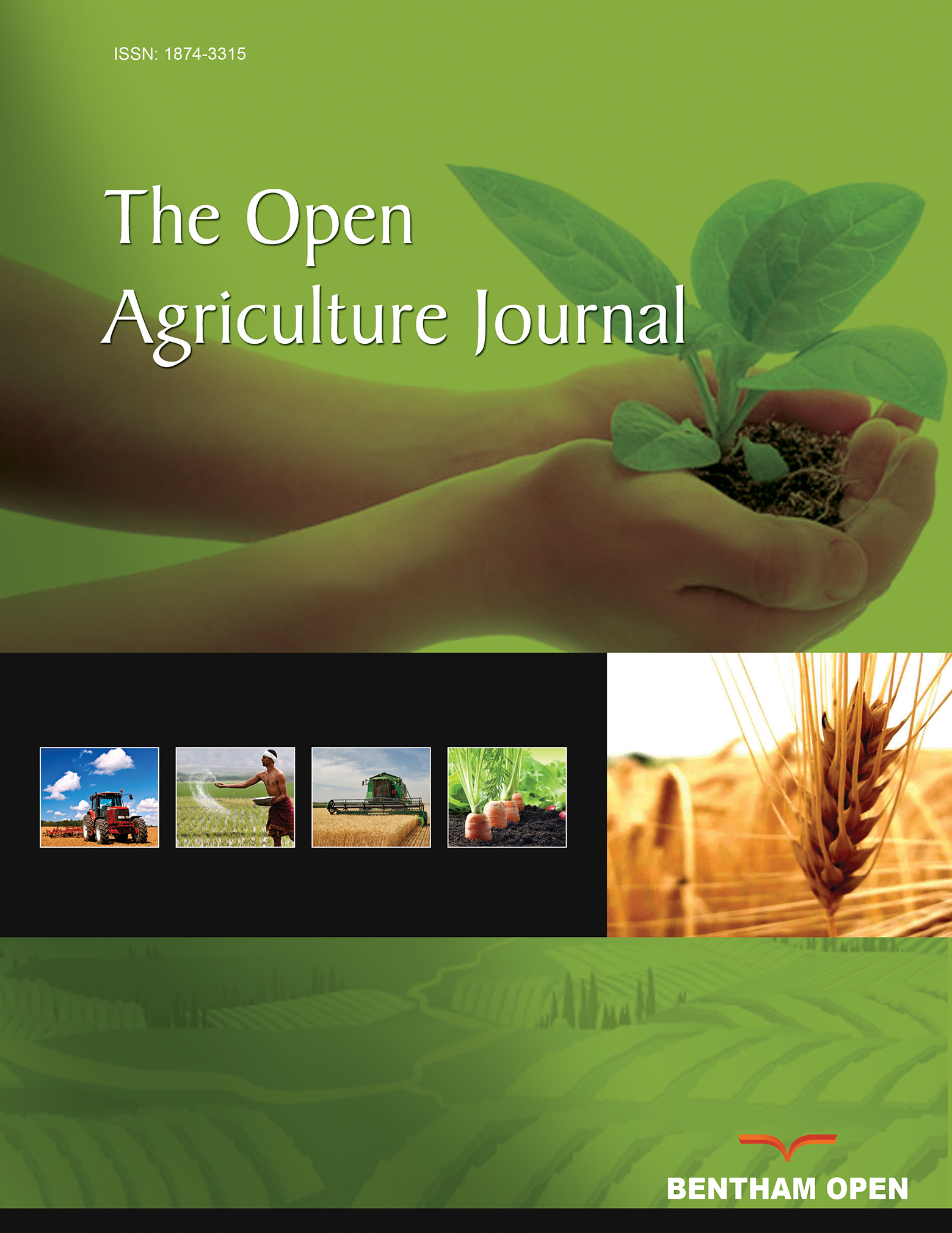All published articles of this journal are available on ScienceDirect.
Maximizing the Rice Yield (Oryza Sativa L.) using NPK Fertilizer
Abstract
Background:
Rice has become a primary daily necessity for mostly Indonesian population. The upsurge of national rice production can be done by agricultural intensification through the application of NPK fertilizer.
Objective:
This study aimed to determine the optimum dose of NPK Mutiara fertilizer, which could provide the highest rice yield of Ciherang variety in Alluvial soil.
Methods:
This study was a single factor arranged in a completely randomized design (CRD) with three replications. The NPK Mutiara fertilizer treatment consisted of four doses, i.e., 0, 160, 320, and 480 kg ha‾1. The data observations were analyzed by using analysis of variance (ANOVA) at 5% significance levels. The difference between the averages of the treatment was compared using Duncan′s new multiple range test (DMRT) at 5% significance levels.
Results:
The results of the research showed that the application of NPK Mutiara fertilizer could increase the growth and yield of the Ciherang variety in Alluvial soil. The quadratic regression analysis revealed that the optimum dose of NPK Mutiata was obtained at 656 kg ha‾1 with the maximum grains dry weight of 4.26 tons ha‾1. The application of NPK Mutiara fertilizer could not affect the shoot root ratio and panicle length.
Conclusion:
The findings of the study suggest that the application of NPK fertilizer interval has not reached the optimum dose in Alluvial soils for the Ciherang variety. Therefore, application of NPK Mutiara fertilizer with doses higher than 480 kg ha‾1 is required for alluvial soils.


